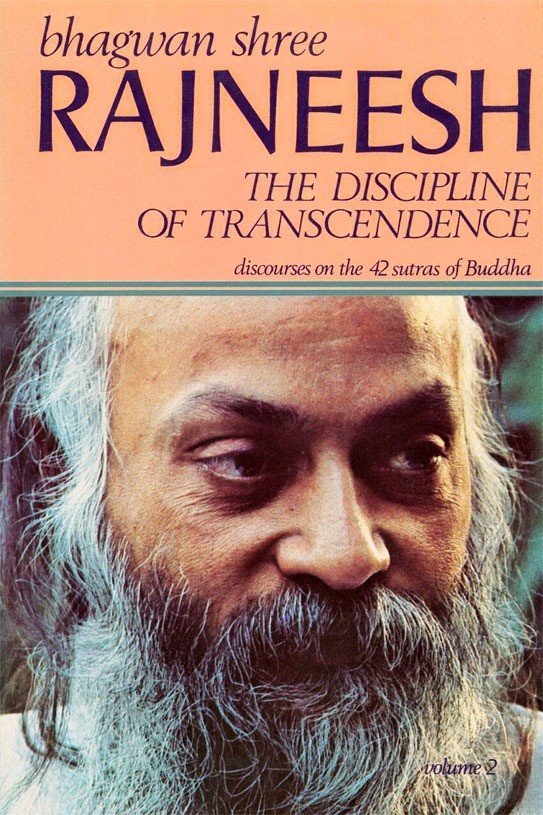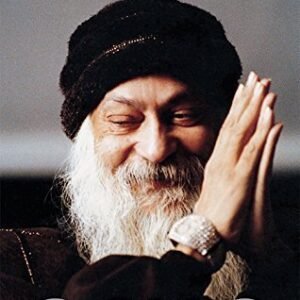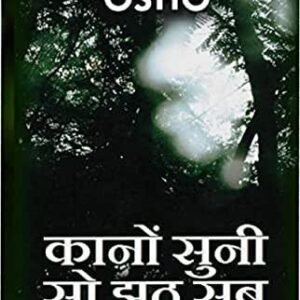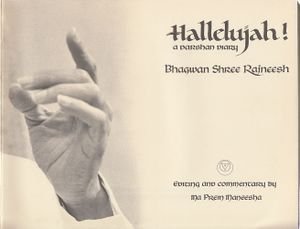Product Description
There are three approaches towards truth. One is the approach of power, another
the approach of beauty, and the third the approach of grandeur.
The scientific approach is the search for power; that’s why Lord Bacon said
‘knowledge is power’. Science has made man very powerful, so much so that
man can destroy the whole planet earth. For the first time in the history of
consciousness man is capable of committing a global suicide, a collective suicide.
Science has released tremendous power. Science is continuously searching for
more and more power. This too is an approach towards truth, but a partial
approach.
Then there are poets, mystics, people with the aesthetic sense. They look at truth
as beauty — Jalaludin Rumi and Rabindranath Tagore and others, who think that
beauty is truth. They create much art, they create new sources of beauty in the
world. The painter, the poet, the dancer, the musician, they are also approaching
truth from a totally different dimension than power.
A poet is not like the scientist. The scientist works with analysis, reason,
observation. The poet functions through the heart — irrational… trust, love. He
has nothing to do with mind and reason.
The greater part of religious people belong to the second dimension. The Sufis,
the Bauls — they all belong to the aesthetic approach. Hence so many beautiful
mosques, churches, cathedrals, temples — Ajanta and Ellora — they were created
by religious people. Whenever religious activity predominates, art is created,
music is created, great painting is created; the world becomes a little more
beautiful. It doesn’t become more powerful, but it becomes more beautiful, more
lovely, worth living.
The third approach is that of grandeur. The old Bible prophets — Moses,
Abraham; Islam’s prophet Mohammed; Krishna and Ram — their approach is
through the dimension of grandeur… the awe that one feels looking at this
vastness of the universe. The Upanishads, the Vedas, they all approach the
world, the world of truth, through grandeur.










Reviews
There are no reviews yet.